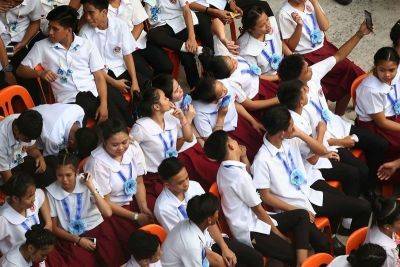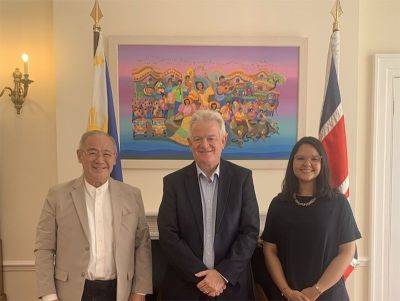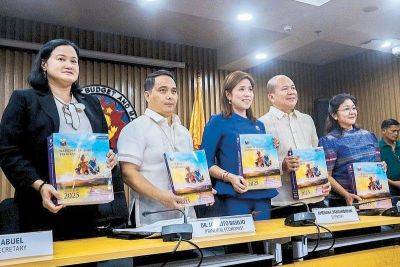Samar educator submits raffia research to British institution
BOHOL, Philippines — In a recent visit to the island province of Bohol, we immersed ourselves in its vibrant crafts sector, especially in the loom-weaving cottage industry that produces the raffia fiber from the buri palm.
Interaction with local weavers, as well as entrepreneurs supporting these micro and small enterprises, was imperative in having a truly authentic Bohol experience; whether it be listening to the angelic voices of the Loboc Children's Choir or purchasing a handwoven item as souvenir.
The collective burgeoning industry of passionate families and small communities will make one realize that it's only a matter of time when the fiber from the lowly buri palm will become the province's next important export product.
"Raffia weaving is a thriving industry in Bohol, not just in the towns of Tubigon and Inabanga, but also with the rest of the province where the buri palm grows. There are also areas producing cotton and sinamay.
"In the olden days, raffia was used in weaving blankets, mosquito nets, and skirts for women farmers. What many don't know is that the conservation/preservation of the buri palm is an ethno-botanical knowledge, where both farmers and weavers pass crucial information through oral tradition and practice.
"For example, farmers observed the time of day when to cut the shoot, which is the mornings. It was equally important to observe the direction of the cut. It had to be diagonal, with the cut facing the sun so it dries the sap and prevent it from rotting. The length, too, of the cut should assure that it was far from the heart of the shoot so the buri palm continues to grow.
"These woven fibers are threads of connection linking our islands; from the 'habol' of the Visayas to the 'inabel' of Abra and Ilocos in Luzon," shared Christian Bacolod, whose research paper was part of a dissertation he submitted to a higher learning institution in Great Britain. The compilation of these important data, once published, will greatly help in the continuum of the raffia industry's longevity.
Bacolod is an educator and researcher hailing from the town of Giporlos in Eastern Samar.
"The original use of the raffia weave was for the soldiers'






